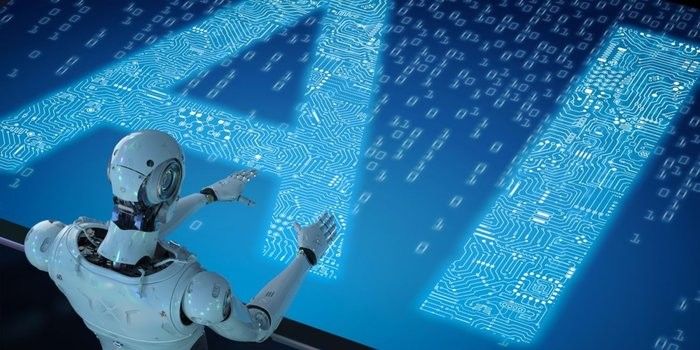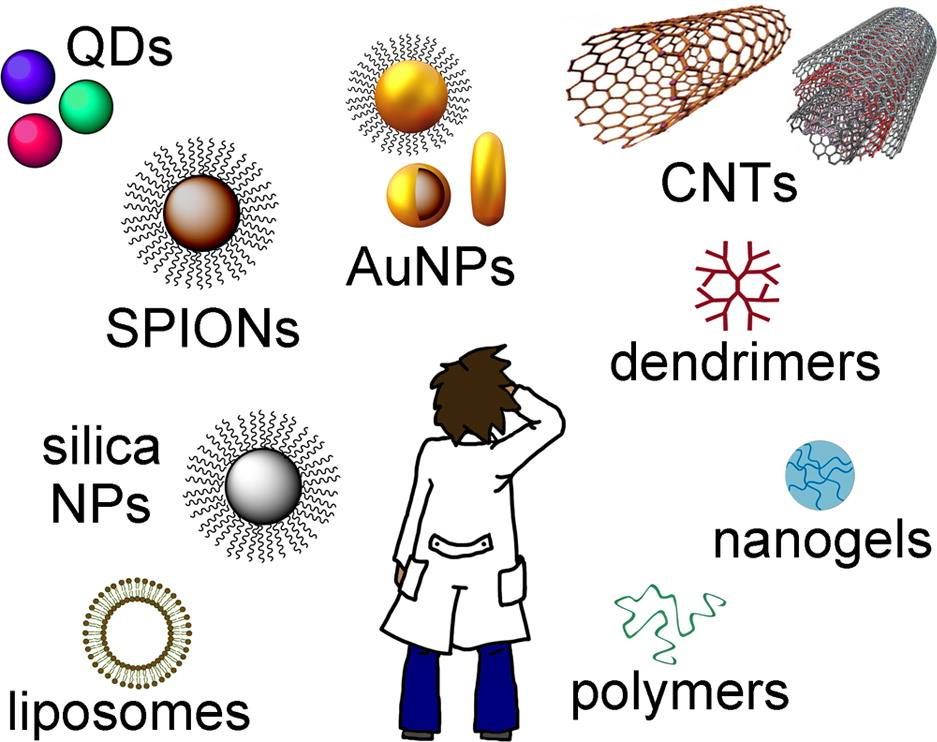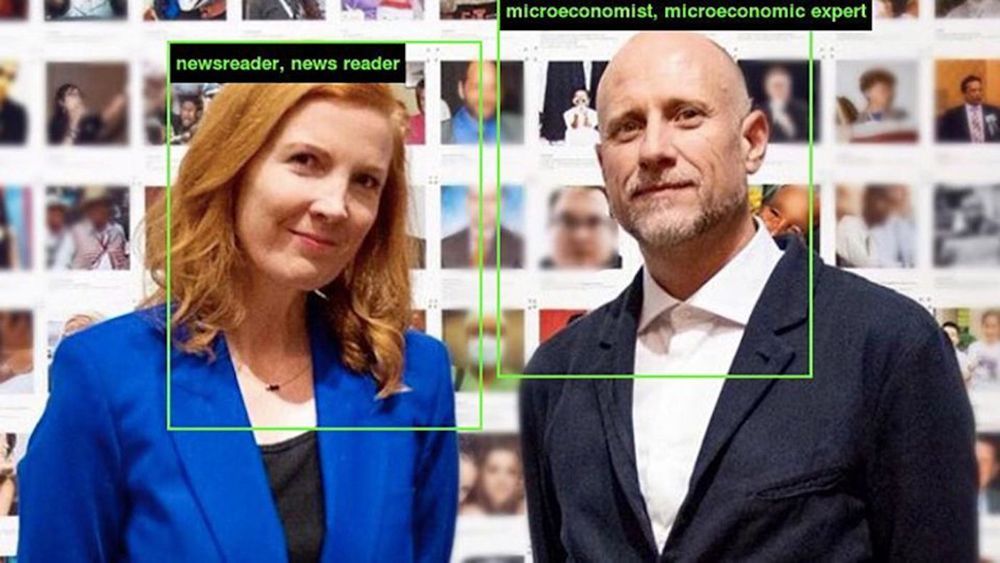IBM has a fleet of quantum computers. That much is fairly well known since IBM has been actively promoting quantum computing for several years. But IBM’s quantum story will get all the more interesting next month, when a 53 qubit computer joins the line, making it the most powerful quantum computer available for use outside IBM.
“Next month, IBM will make a 53-qubit quantum computer available to clients via its Q Network quantum cloud computing service,” said Bits&Chips. That network, said Asian Scientist Magazine, and grew into an “ecosystem of Fortune 500 companies, start-ups, universities and national research labs.”
IBM’s new machine will be part of the company’s quantum computation center in Poughkeepsie, New York State, marking an unveiling of its 14th quantum computer. The center “is essentially a data center for IBM’s quantum machines,” said Frederic Lardinois in TechCrunch.




